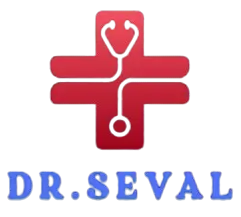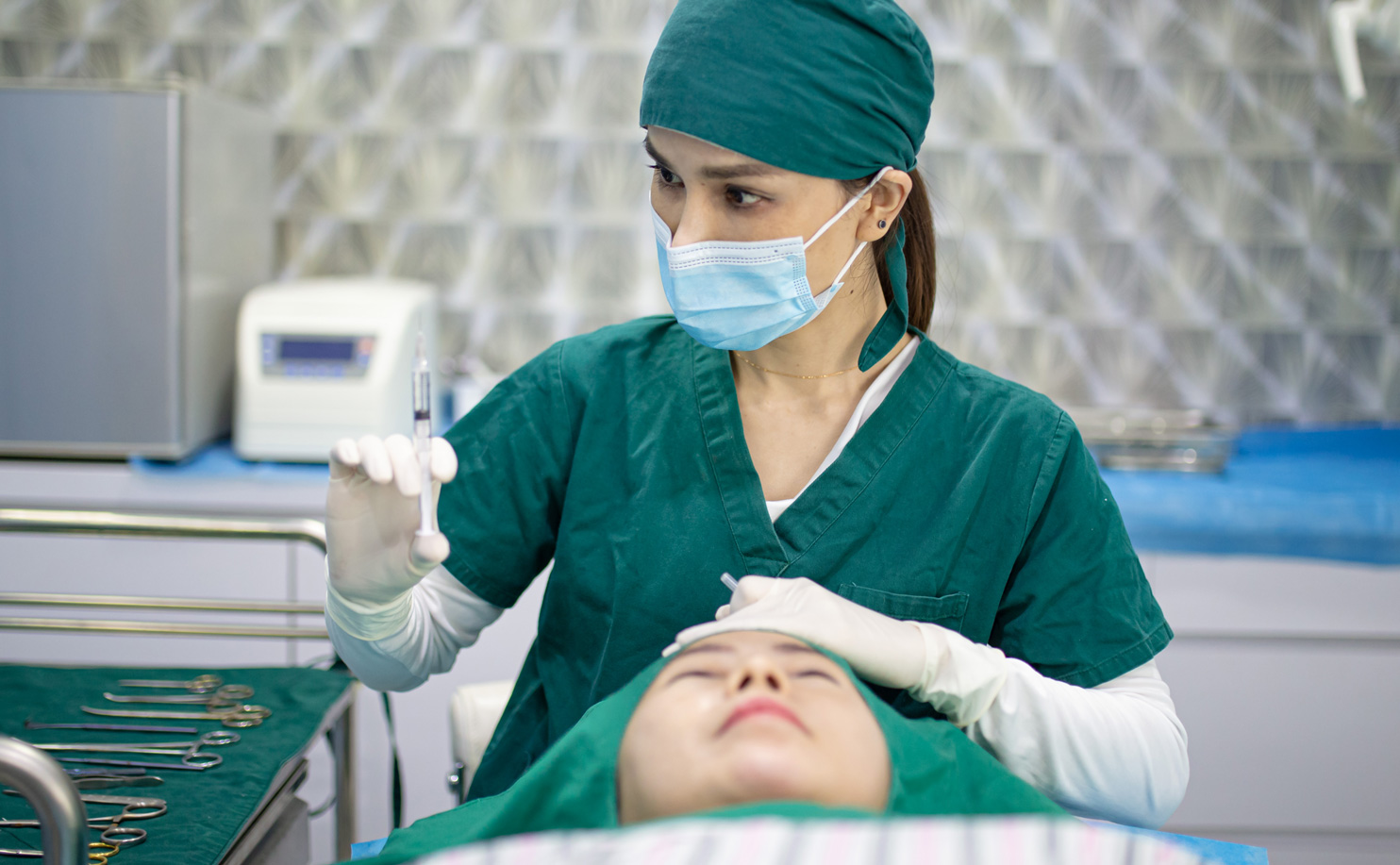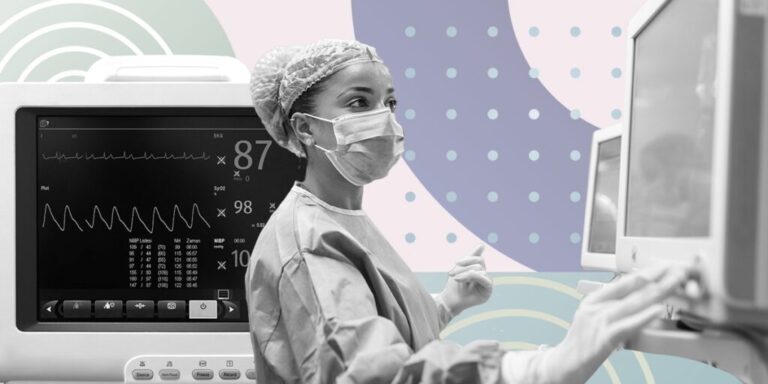Steady Hands, Precise Cuts: Managing Tremors in Microsurgical Procedures
You may have noticed fine movements in your hands while performing tasks/procedures, especially if you’re in dermatology, neurosurgery, or general surgery residency program!
What are physiologic tremors ?
Fine movements of your hands are known as “physiologic tremors.” They are involuntary, oscillatory movements caused by alternating contractions of muscle groups and their opposing counterparts. Or in the simple English, they are uncontrolled, repetitive movements caused by muscles tightening and relaxing in turns. Physiologic tremors are present in everyone, affecting the limbs, head, and tongue. They are usually asymptomatic, with a frequency ranging from 6 to 12 Hz.
Why physiologic tremor occurs ?
However, these tremors can increase under stress or anxiety. For example, if your Guide, Teacher or Head of Department (HOD) is watching you perform a procedure or if you’re treating a VIP patient, your body enters a state of fear for better performance. This activates the sympathetic nervous system, leading to an adrenaline rush. The adrenaline binds to beta-adrenergic receptors in the skeletal muscles and heart, increasing the tremor’s amplitude and causing your heart rate to rise (tachycardia). This, in turn, can decrease performance, heighten anxiety, and further intensify the tremors—creating a vicious cycle.
Common factors increasing physiologic tremors:
- Stress
- Anxiety
- Fatigue
- Caffeine intake
- Low blood sugar (hypoglycemia)
- Increased thyroid hormone levels (hyperthyroidism)
- Fever
- Beta-adrenergic drugs
- Alcohol withdrawal
- Aging
Increased physiologic tremors can significantly impact the outcomes of high-precision tasks such as microsuturing, microsurgery, or robotic-assisted procedures.
Effective ways to manage & reduce physiologic tremors:
A. Lifestyle Modifications
- Adequate rest – Ensure proper sleep and recovery.
- Stress management – Practice deep breathing, meditation, and mindfulness.
- Avoid stimulants – Limit caffeine and nicotine intake.
- Balanced diet – Prevent hypoglycemia by maintaining stable blood sugar levels.
- Regular exercise – Helps improve overall muscle control and reduce stress.
B. Surgical Techniques
- Anchoring Hands – Rest your hand on a stable surface to minimize unintended movement.
- Using Both Hands – Hold surgical instruments with both hands for better control.
- Precision Tools – Utilize microsurgical stabilizers and robotic-assisted systems to counteract tremors.
- Proper Grip and Posture – Maintain correct hand positioning to reduce strain and improve stability.
- Controlled Breathing – Exhale slowly during critical movements to steady your hands.
C. Pharmacological Approaches
- Hydration and Electrolyte Balance – Maintaining proper hydration helps reduce neuromuscular excitability.
- Beta-Blockers (e.g., Propranolol) – Commonly used to reduce tremors in individuals requiring fine motor control.
- Mild Sedatives – In certain cases, anti-anxiety medications may help manage tremors.
Conclusion:
Physiologic tremors are an inherent part of human motor function, but in precision-driven fields like microsurgery, neurosurgery, and dermatology, they can become a challenge. By understanding their triggers and adopting effective management strategies—ranging from lifestyle adjustments and ergonomic techniques to medical interventions—professionals can maintain steady hands and enhance surgical precision. Mastering these approaches not only improves procedural accuracy but also boosts confidence, ultimately leading to better patient outcomes and professional excellence.



Explained very well.